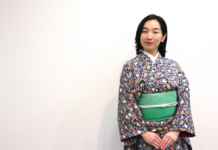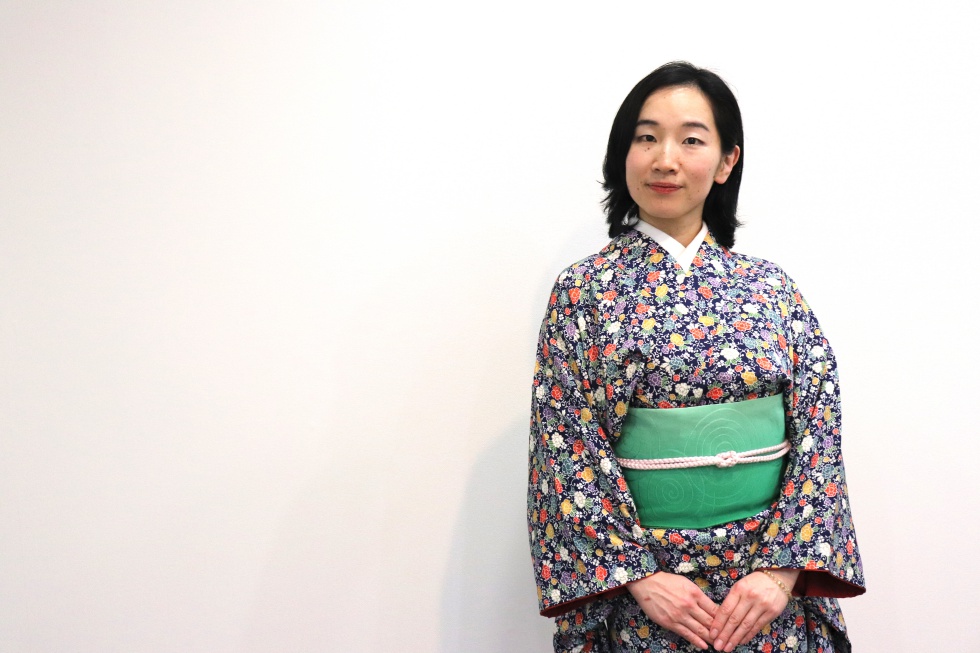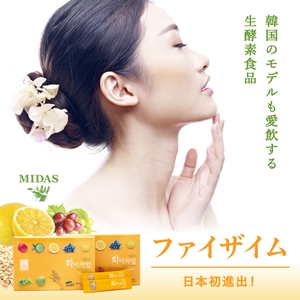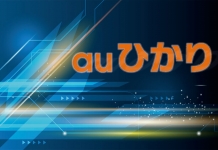A continuing legacy from the Edo period, Japanese traditional dance, known locally as “nihon buyo,” has transformed over the years. Today, over 120 schools of nihon buyo exist, and among them, a new and innovative form has been born out of the efforts of Mariko Shimode, who gracefully and seamlessly weaves together the worlds of anime songs (anison) and traditional Japanese dance. She shares her passion for her art in an interview with Life Zipang.
Contents
Q. What is ANICHIBU?
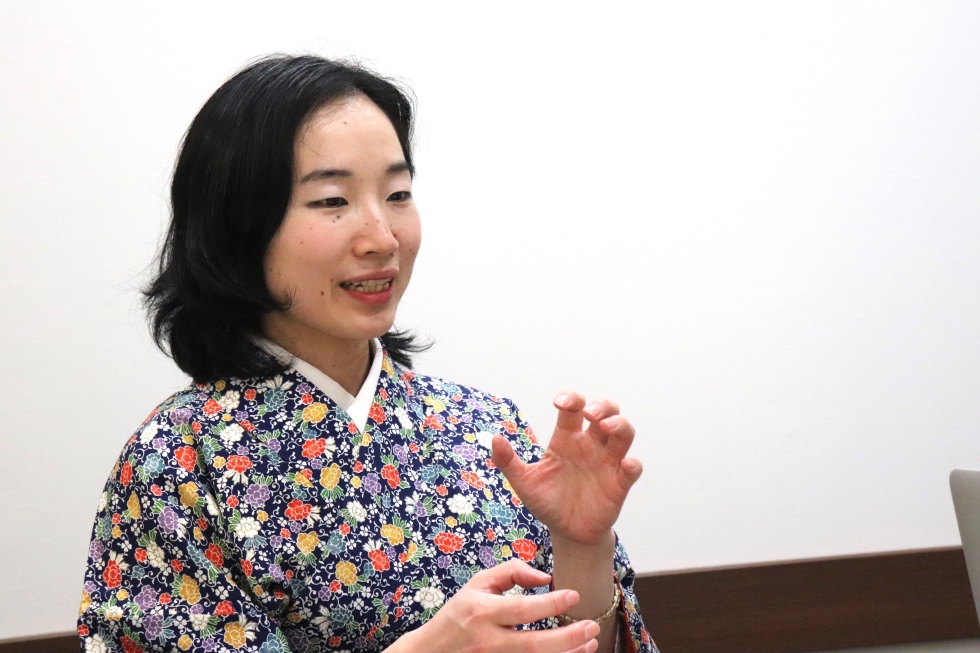
ANICHIBU is a portmanteau of the words “anime” and “nichibu,” another name for traditional Japanese dance. Since January 2018, I have been holding ANICHIBU workshops, with the objective of spreading the art of traditional Japanese dance with the help of Japanese popular culture. In these workshops, people can perform to various anime songs.
Q. Please tell us about traditional Japanese dance.
Nihon buyo is a form of traditional Japanese that incorporates the storytelling elements of Noh and other performing arts. Because it tells a story, the choreography is based on the roles being portrayed. As with staged sword fighting and other traditional Japanese arts, it is important to maintain your center of gravity and lower your hips. If you move too much, it would become like ballet or other forms of western dance, so it’s important to keep this in mind.
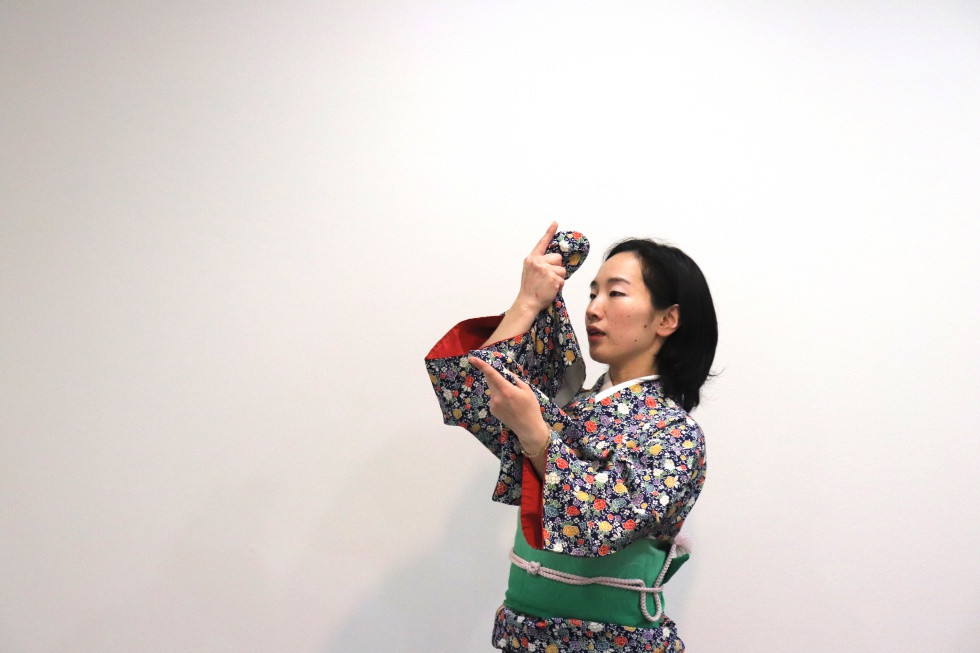
In principle, nihon buyo requires the dancer not to move the body’s axis. For example, you must not lift your heel when you lower your hips and shuffle your feet. Women must keep their thighs and knees together, but it’s the opposite for men. In short, movement is decided by the role.
There are also variations that depend on age. For example, there’s a movement called “mittsu furi” where the character has to shake his head thrice. If done by an adult man, it has to be done with little movement. But if it’s a boy, movement is supposed to be big.
Another example is when women lift the sleeves of their kimono. Younger women lift theirs higher, while women of more mature age do not lift them as high.
Q. Why did you choose to pair nihon buyo with anime songs?
I’m an anime fan, and originally I wanted to be a voice actress; naturally, I am into anime theme songs. At the time I started doing ANICHIBU, a voice actress I shared the stage with gave me a piece of advice. She told me that since the Japanese word “anison” (anime songs) is a term that’s recently been coined, I ought to be thinking of making a new genre as well. At the time, there was no specific genre for what I was doing, I was breaking the definition of what has been and redefining it. I wouldn’t go as far as to dub myself a pioneer, but as I continue to pursue my activities, I feel that I am gradually taking that stance. I believe there are many who enjoy anime and use it an entry point into Japanese culture, so I decided on using anime songs.
Q. Tell us about the dance workshops you hold.
Each workshop is a standalone as opposed to a series. Each song is around a minute and 30-40 seconds long, and the workshop lasts 1 hour and 30 minutes. It’s made in a way that even absolute beginners can perform the dance by the end of the workshop.
I usually upload what the day’s workshop is like on Twitter and to date, the popular ones are “Mezase Pokemon Monster” and “Sousei no Aquarion.” There have been cases where I ask people from a different generation about which songs they would like to dance to, but if it’s a song I don’t feel like dancing to, I don’t use it. There are top ten lists on the internet, but everyone has their own preferences, so I don’t use these as references.
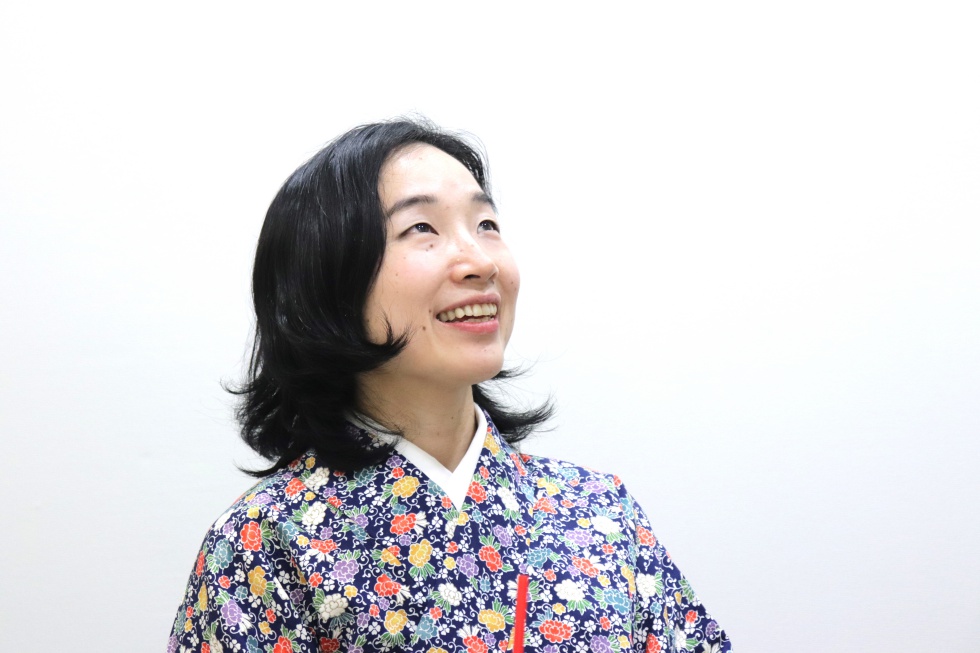
I always ask for feedback at the end of workshops, from both newcomers and regulars alike. In the last workshop I held, I used a shorter than usual song, so the steps were also not as many. Newcomers thought it was easy to follow, but the regulars thought it was a bit less challenging. Striking the right balance is difficult. Other than that, I have also had feedback that said dancing to Sakura Wars’ “Geki! Teikoku Kagekidan” was really fun.
Q. Can you tell us of other your activities outside of ANICHIBU?
I have a group called “WaYoSunBorn” that consists of three members performing violin, sax and nihon buyo. I usually dance impromptu to live music provided by the other two members. The songs are different from ANICHUBU. They’re usually J-POP tunes like a jazz version of Hoshino Gen’s “Koi Dance,” and RADWIMPS’ “Zen Zen Zense.” At times, we also do classical like Chopin’s “With Love in my Heart.” Right now, everyone’s gotten busy so we’re inactive as a group.
I am also part of a performing group called “Wakyoza.” The concept revolves around the fusion of swordfight and Japanese culture, and it features improv performances that you only get to experience and fully appreciate at the moment. The leader is in charge of swordfight, and our second in command is in charge of calligraphy. Other members consist of performers of Awa Odori and nihon buyo. We’re slotted to perform at Japan EXPO in Paris, France this coming July.
Q. Is it difficult to collaborate with other artists?
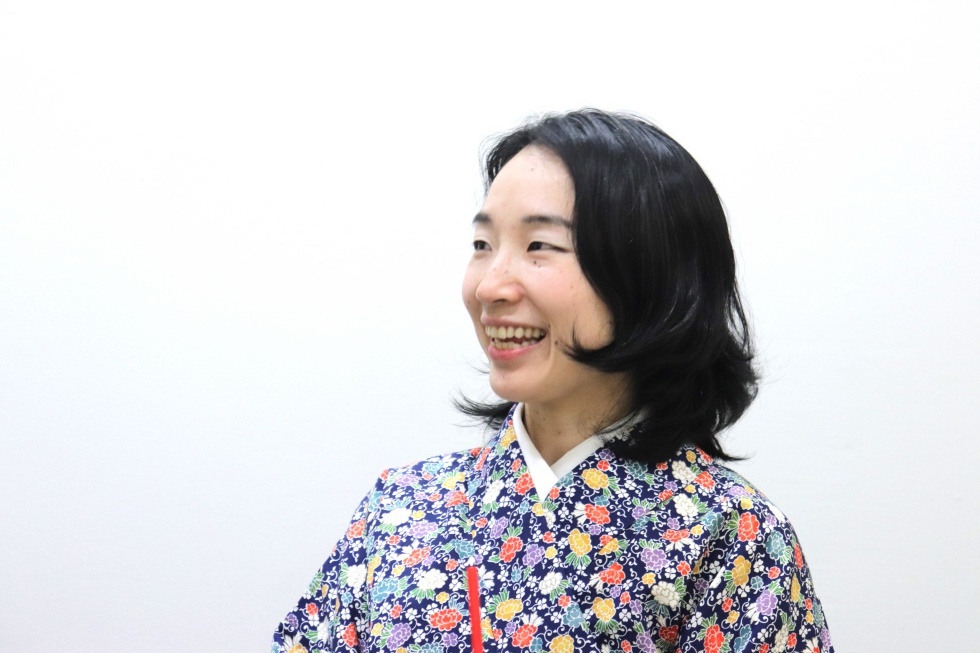
At the time I was doing WaYoSunBorn, musical arrangements were made on the spot. The musical performers can extend the performance as they want, so there’s no telling when it would end. I needed to improvise and match my performance to the song, and that was a new experience for me.
Q. I want to go to one of your ANICHIBU workshops. How can I join?
You can use the form in the page below to contact me.
Up until now, we’ve only had Japanese guests, but we welcome foreigners as well. I can’t speak English, but I can show you the movements and help you follow the class.
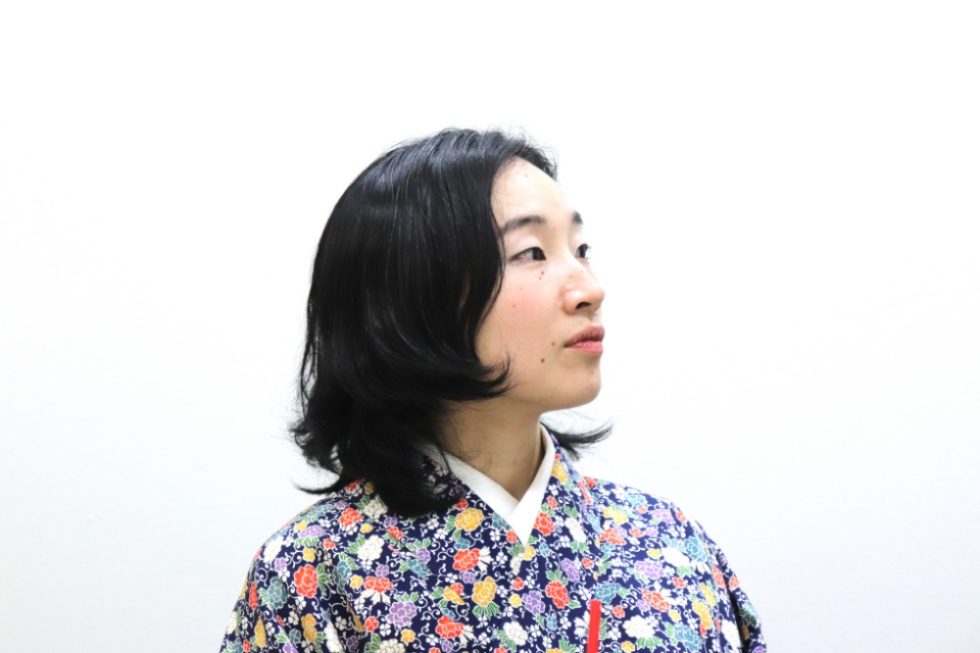
You will need your own kimono to join the workshop, but if you don’t have one, you can wear clothing that allows you to move freely. If you’re around 160 cm (5’2″) tall, I can also lend you one of mine. If there are only a few people joining the workshop, I can help you wear the kimono before the class. Just make sure to write it in the inquiry form when you apply for the workshop.
Q. What are your future plans?
I’d love to collaborate with other artists in other genres. I have this idea of a performance revolving around the Records of Ancient Matters.
I am also thinking of creating a character called “Uzume-chan” for ANICHIBU. Make LINE stamps for it. I want to perform overseas more, too.
There are many things I want to try with my shop, “Office Kodemari.” It’s a sign-up-based club that has been operating since November last year. I usually offer Office Kodemari members workshops at a more reasonable price. I also share information about irregular events.
Q. Is there anything else you would like to tell Life Zipang readers
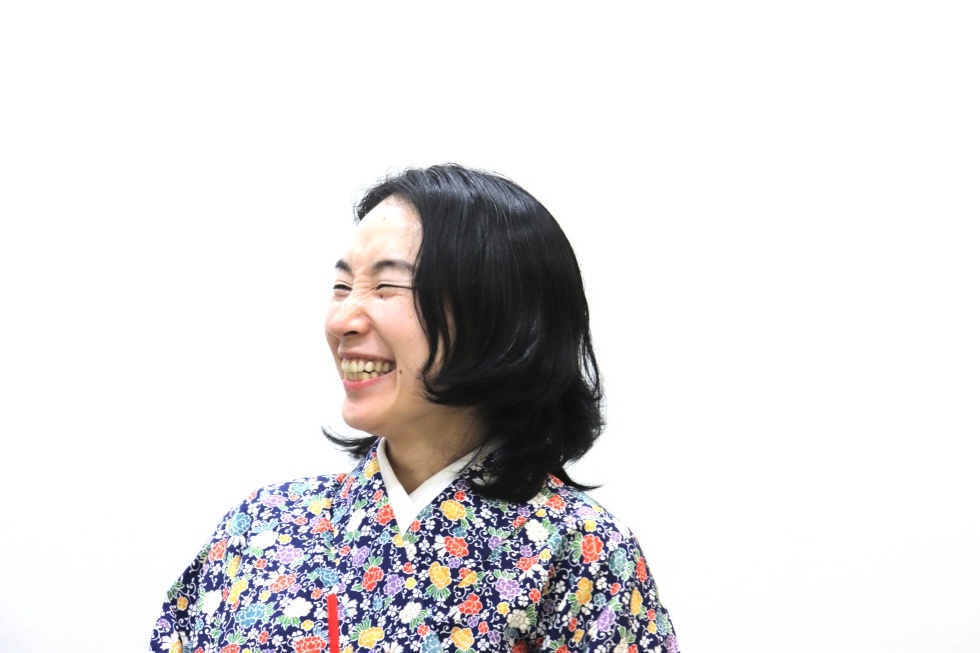
If you’re interested in traditional Japanese culture but don’t know where to start, how about watching an ANICHIBU video? I’d be happy if you do so. Please feel free to join the workshop too!
Interviewee: Mariko Shimode

Profile
From Hida City, Gifu Prefecture. Nihon buyo dancer who does both choreographed and improv performances. Currently developing a style of nihon buyo that borrows from the elements of jazz dance. Hopes to spread kimono culture around the world.
Watch and Learn More
ANICHIBU Workshop: Kimi no Shiranai Monogatari from Bakemonogatari
Wakyoza Music Video
A Note from the Interviewer
Before meeting Ms. Mariko Shimode, our team wondered what kind of person she was. We were pleasantly surprised to find out that she is humble and easy to talk to. Her enthusiasm for anime and passion for dance were both refreshing and inspiring.
She holds workshops every month, so there’s always a chance to join one. She welcomes anyone and everyone with a spark of interest, so if you’d like to wear a kimono, learn traditional Japanese dance, or dance to your favorite anime tune, check out the links provided above.










